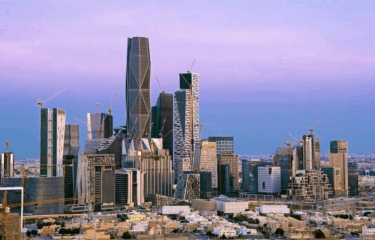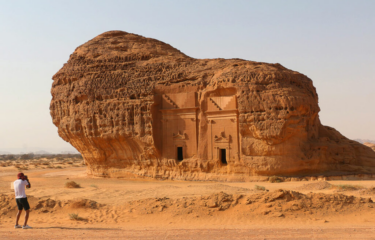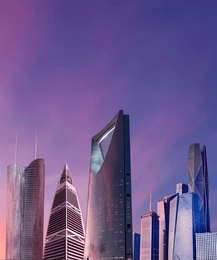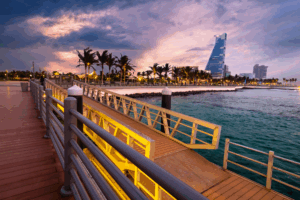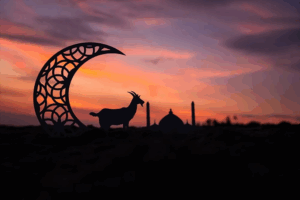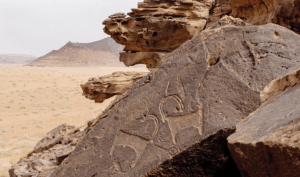A Journey Through Time, History, & Design
“Architecture should speak of its time and place, but yearn for timelessness.”
This sentiment connects deeply with Saudi Arabia, where centuries-old traditions combine with futuristic visions. The architectural styles in Saudi Arabia reflect not only the Kingdom’s rich history but also its ambitious leap into the future. From the ancient mud-brick fortresses of Diriyah to the cutting-edge designs of NEOM, Saudi architecture is a story of resilience, richness, creativity, and cultural pride.
The Roots of Saudi Arabian Architecture
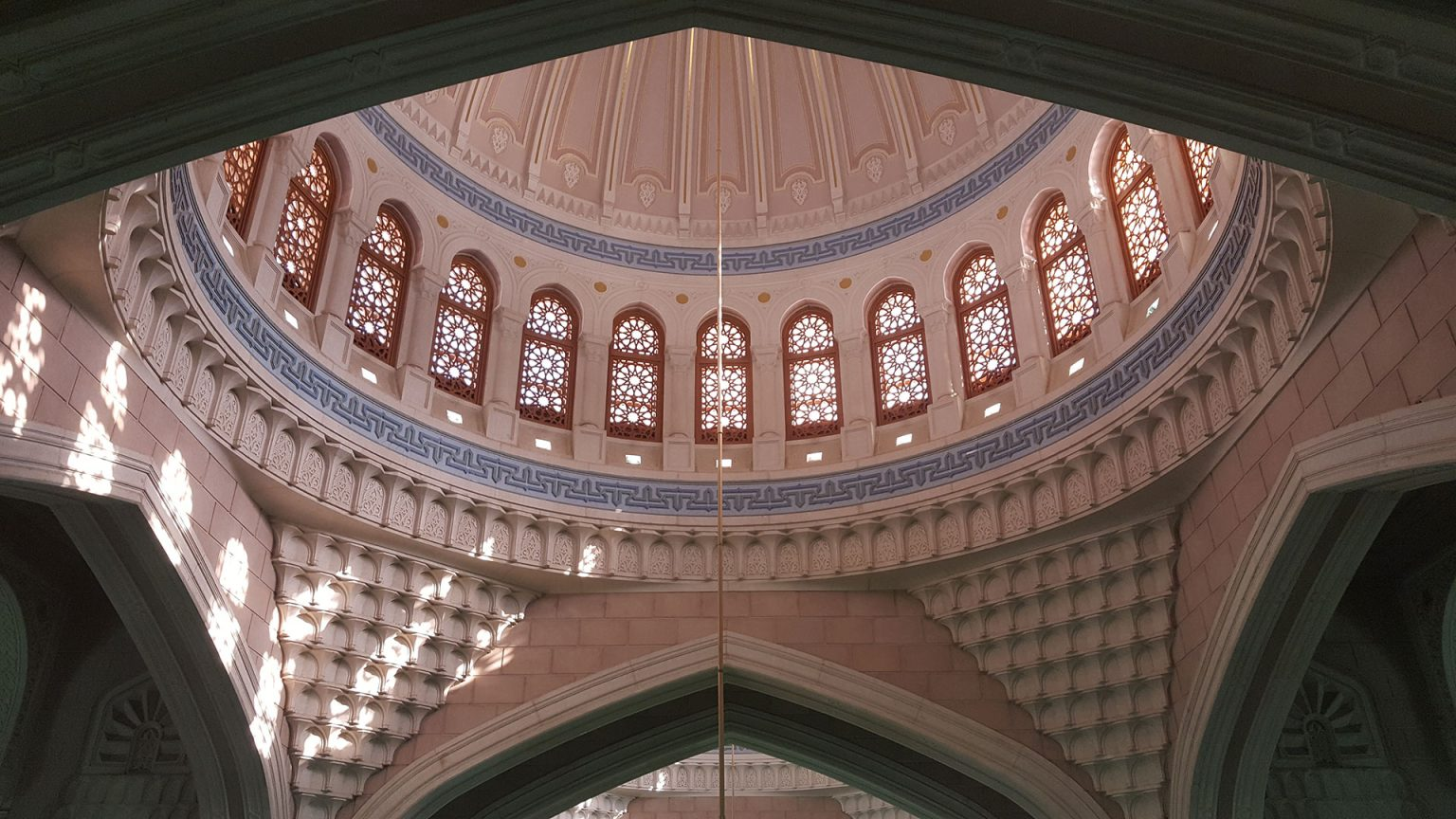
Saudi Arabia’s architectural heritage is deeply connected with its geography, climate, and traditions. Early settlers made buildings that harmonized with nature in the arid deserts and mountainous regions, ensuring functionality and sustainability. The hallmark of traditional architecture in Saudi Arabia lies in its use of local materials; mud, stone, and palm fronds combined with intricate Islamic art and design.
Diriyah | The Cradle of Saudi Civilization
Diriyah, the birthplace of the Saudi state, is a testament to the historical architecture of Saudi Arabia. Its mudbrick structures, like Al-Turaif District (a UNESCO World Heritage Site), reflect the ingenuity of the Najdi style, designed to combat the harsh desert heat. The thick walls, small windows, and inner courtyards provided natural insulation, blending practicality with elegance.
The Hejazi Splendor of Jeddah
In the coastal city of Jeddah, the architecture tells a different story. The Hejazi style, influenced by trade routes connecting Arabia to Africa and Asia, features coral stone facades, intricately carved wooden windows (mashrabiya), and vibrant decorative elements. Al-Balad, Jeddah’s old town, captures this aesthetic beautifully. Its labyrinthine streets and historic houses are a living museum of Saudi Arabian architectural styles.
Islamic Influence in Saudi Architecture
Islamic architecture holds a central place in the Kingdom’s identity. Mosques, palaces, and public buildings across Saudi Arabia showcase the defining features of Islamic design from symmetry, geometric patterns, and gorgeous calligraphy.
The Holy Cities of Mecca and Medina
The Grand Mosque in Mecca (Masjid al-Haram) and the Prophet’s Mosque in Medina (Al-Masjid an-Nabawi) exemplify the grandeur of Islamic architecture in Saudi Arabia. These structures are not only sacred spaces but also marvels of engineering, expanding over the years to accommodate millions of pilgrims. Their ornate domes, towering minarets, and beautiful tilework capture Islam’s spiritual and aesthetic richness.
Modern Architecture in Saudi Arabia: A Vision for the Future
As Saudi Arabia propels itself into the 21st century, its skyline has changed dramatically. The Kingdom is embracing innovation while honoring its heritage, creating a new wave of Saudi architecture trends that are bold, sustainable, and forward-thinking.
Riyadh’s Iconic Landmarks
Riyadh, the capital, is at the center of modern architecture in Saudi Arabia. The Kingdom Centre Tower, with its sky bridge, and the Al Faisaliyah Tower, with its geometric elegance, have redefined the city’s skyline. These structures symbolize Saudi Arabia’s ambition and modernity.
NEOM as the ‘Future’

Perhaps the most ambitious project in the Kingdom’s architectural journey is NEOM, a mega-city envisioned as a model of sustainability and innovation. The Line, a part of NEOM, is a linear city designed to accommodate nine million residents within a 170-kilometer-long vertical structure. With no cars, zero emissions, and renewable energy sources, NEOM represents the sustainable architectural design in Saudi Arabia.
NEOM is a redefinition of what architecture can achieve; a living proof to Saudi Arabia’s vision and its dedication to reshaping urban landscapes. This revolutionary project spans 26,500 square kilometers in the Kingdom’s northwest, showcasing cutting-edge architectural design in Saudi Arabia.
The ‘Line’
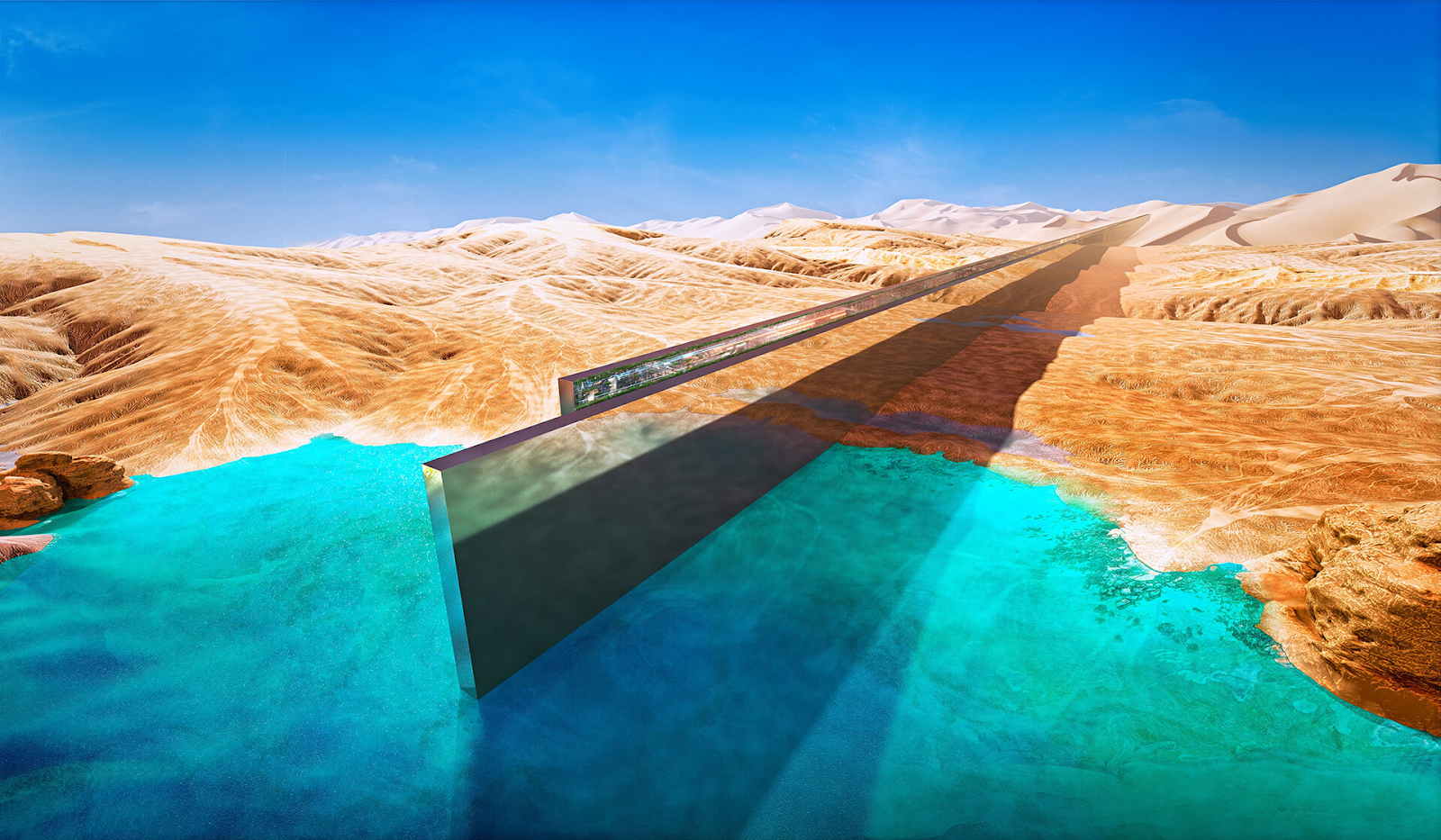
At the core of NEOM is The Line, a vertical city stretching 170 kilometers, a marvel of engineering and design. Imagine a city where there are no cars, no long streets—only urban living with all essential services within a five-minute walk. Its mirrored facade reflects the surrounding desert beauty, while its modular structure optimizes space and resources. This vision revolutionizes modern architecture in Saudi Arabia, setting new global standard for sustainable urban planning.
Green Buildings in the Desert
The King Abdullah Petroleum Studies and Research Center (KAPSARC) in Riyadh is a stellar example of this synergy. Designed by Zaha Hadid Architects, the center’s honeycomb-like structure adapts to the desert climate, optimizing energy efficiency.
Hexagon & Trojena
Complementing The Line are Oxagon, the world’s first floating city, and Trojena, a mountain resort combining advanced building technologies with eco-conscious materials. Every structure in NEOM reflects innovation; energy-efficient systems, self-sustaining utilities, and integration with the natural environment showcasing Saudi Arabia’s leadership in architecture trends and sustainability.
Sustainability Meets Tradition
A constant theme in Saudi Arabian building styles is the integration of sustainability. Inspired by the eco-conscious practices of traditional architecture, modern projects are using advanced technology. The aim is to minimize environmental impact while preserving the culture.
Reviving Traditional Techniques
Efforts to restore heritage sites, such as the Diriyah Gate project, highlight Saudi Arabia’s commitment to preserving its architectural heritage. These initiatives breathe new life into ancient spaces, creating destinations where the past and future coexist.
Exploring Saudi Architecture Today

For travelers and architecture enthusiasts, Saudi Arabia offers a treasure trove of experiences. Wander through the streets of Al-Balad or marvel at Riyadh’s tall buildings. You can also visit the futuristic hubs of NEOM. There’s no shortage of activities in Saudi Arabia that highlight its architectural beauty.
Must-See Architectural Wonders
- Al-Ula’s Nabatean Tombs: These ancient rock-cut structures rival Petra in their grandeur and historical significance.
- Edge of the World: While not a man-made structure, these cliffs near Riyadh serve as a natural monument. It offers panoramic views and unforgettable experiences.
- Red Sea Project: This luxury destination incorporates eco-friendly designs amidst pristine islands and coral reefs.
The Soul of Saudi Architecture
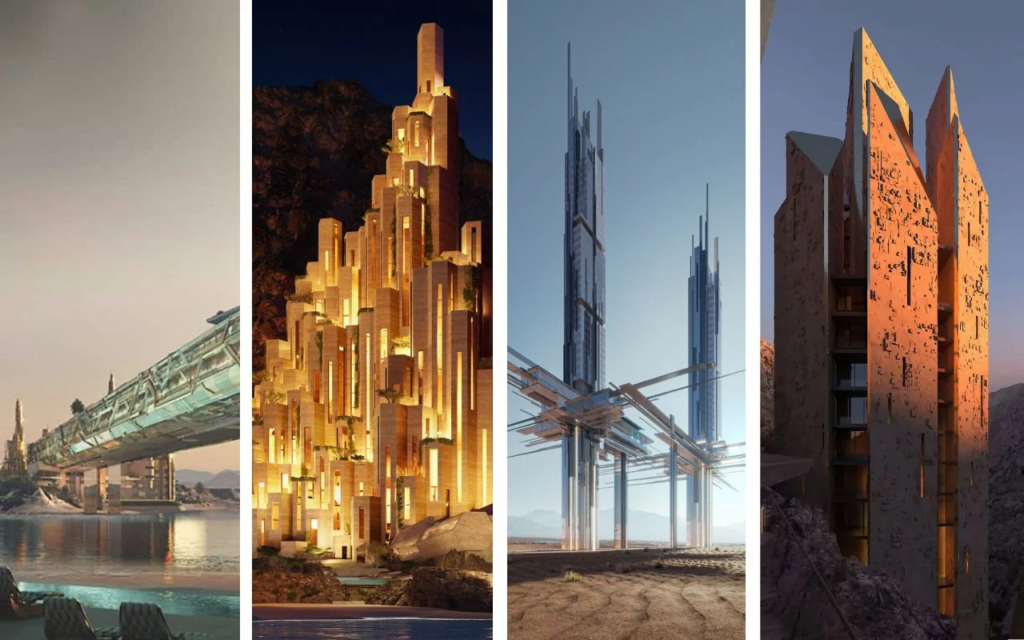
What makes Saudi Arabia’s architecture truly special is its ability to bridge eras and ideas. From Diriyah to Riyadh, the Kingdom’s journey is a celebration of resilience, creativity, and vision. Architectural design in Saudi Arabia is about stories, preserving heritage, and shaping the vision of the Saudi frontier.
As the Kingdom continues to evolve, its architecture will remain a mirror of its identity. It reflects a culture that embraces both Saudi Arabia’s past and its dreams for tomorrow.


